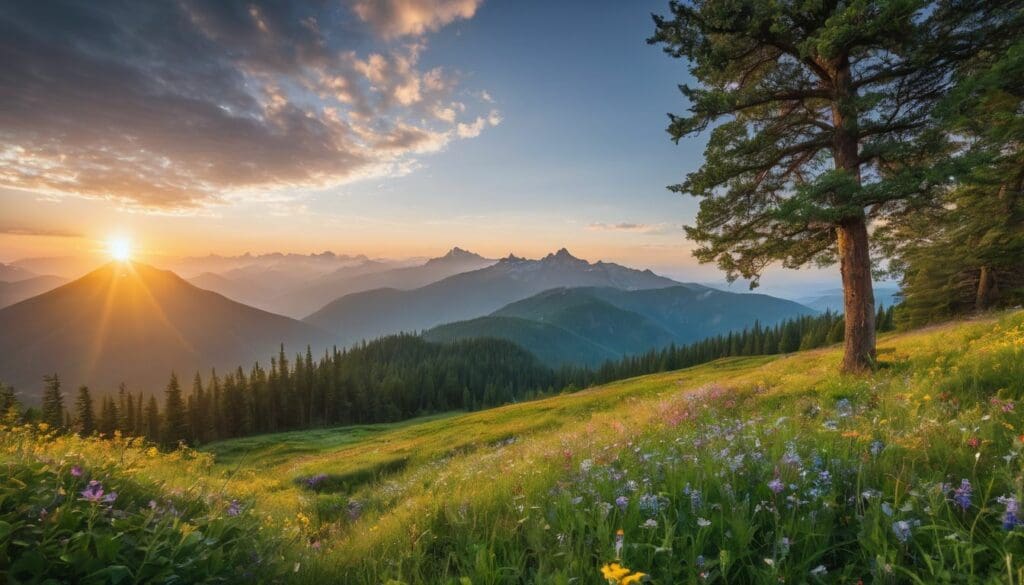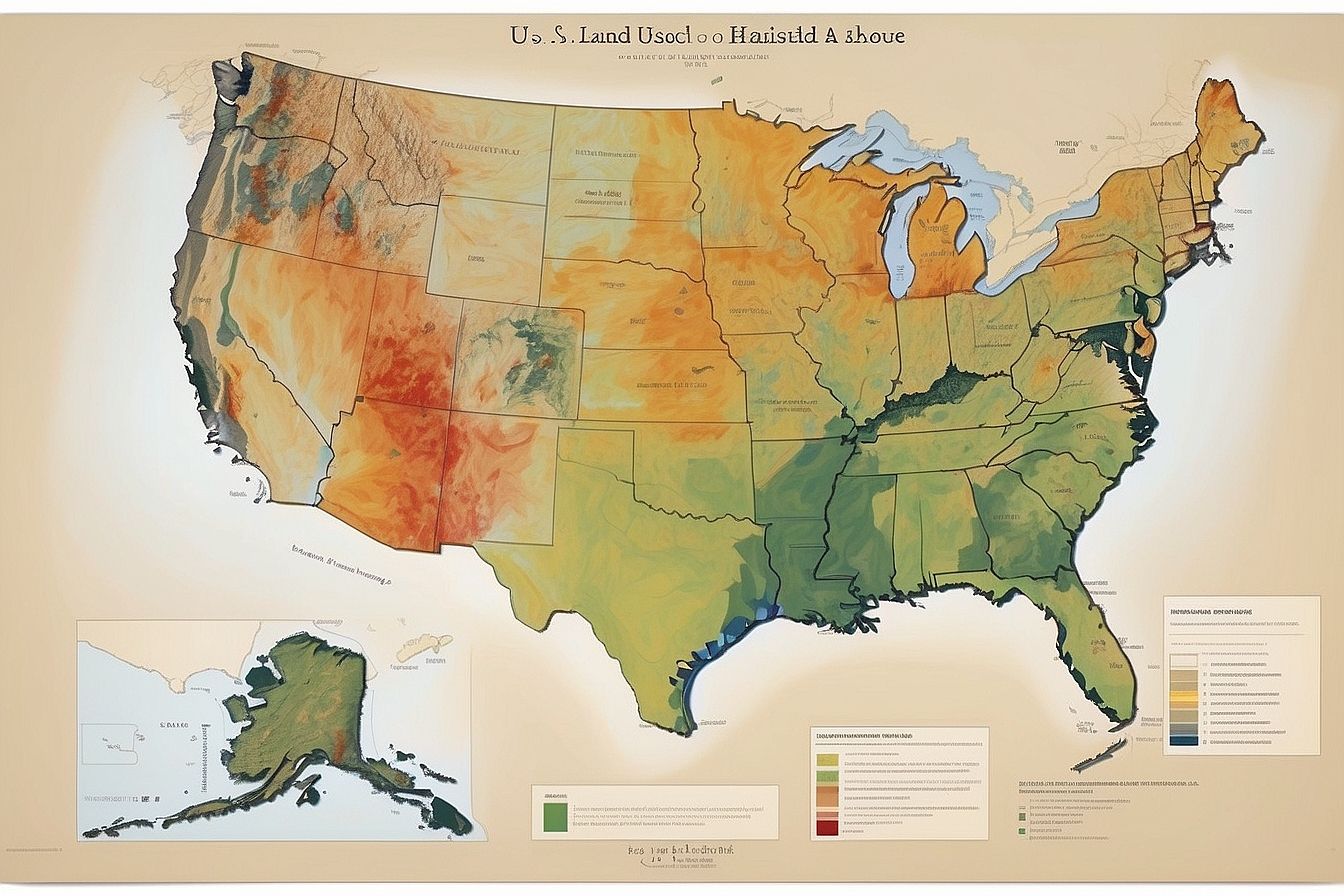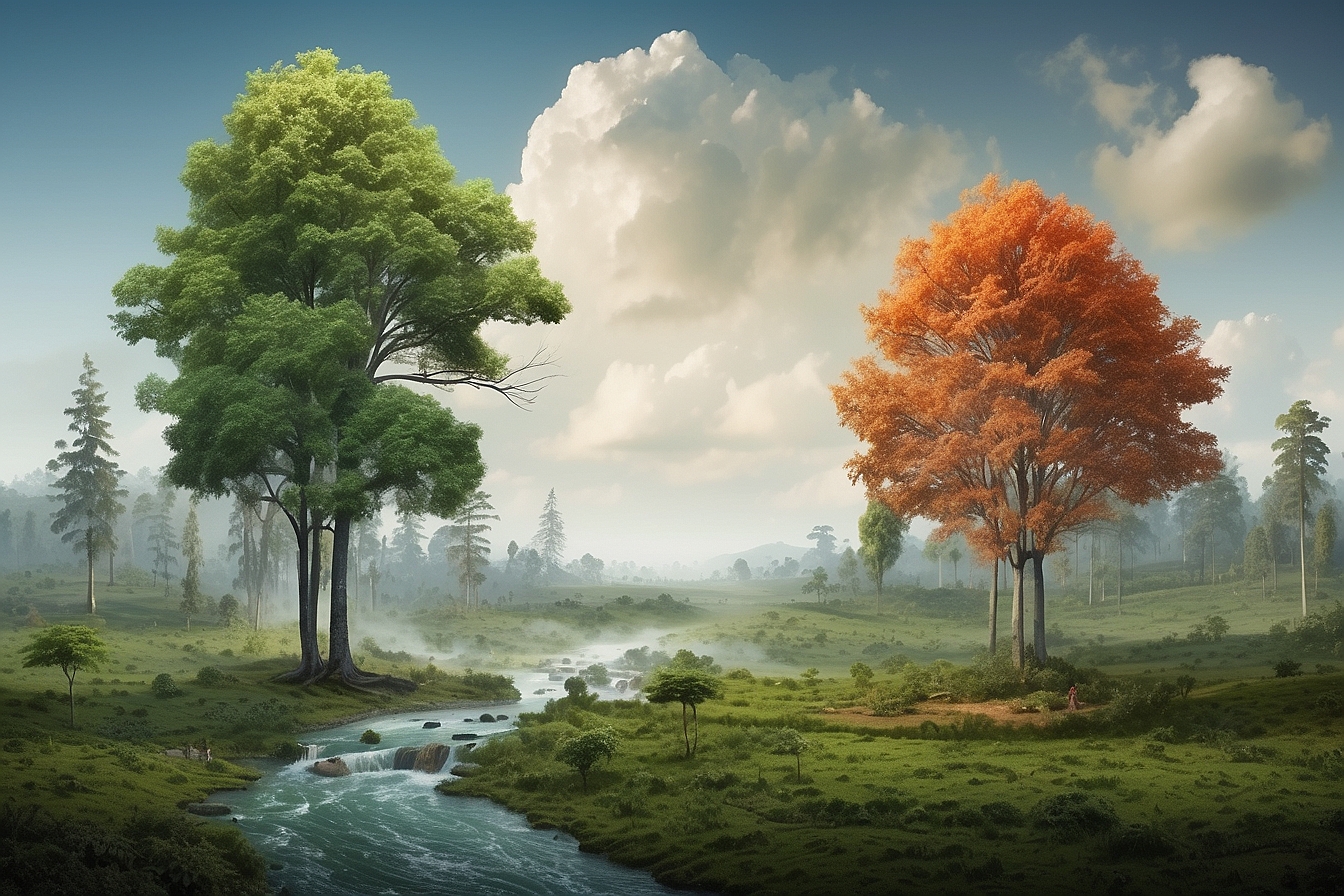Many of us share a palpable concern for the vanishing beauty of our natural landscapes, deeply aware that their loss might profoundly affect generations to come. We are far from alone in this sentiment; indeed, research consistently highlights the remarkable way land conservation can invigorate local economies—a discovery that we’ve unearthed through meticulous exploration on the subject.
Our findings illuminate the unexpectedly positive economic impact of safeguarding nature’s splendour, from generating employment opportunities to bolstering property values. Let’s delve into how securing green spaces isn’t just about preserving what’s left, but about fostering growth and prosperity for our communities.
Join us as we unravel the green thread that is woven into the tapestry of economic development!
Key Takeaways
- Land conservation boosts local economies by creating jobs and generating income through outdoor recreation, tourism, and the preservation of farmland.
- Urban greenspaces improve quality of life in cities, increase property values, and support ecological balance by offering natural air purification and heat reduction.
- Wilderness areas provide essential ecosystem services like clean air and water while also attracting tourists, which supports local businesses financially.
- Waterways and wetlands offer important environmental benefits such as flood control and pollution filtration, alongside recreational opportunities that contribute to economic activity.
- Tools like the Wildlife Habitat Benefits Estimation Toolkit help quantify the financial value of natural habitats, influencing policy decisions for land conservation.
Economic Benefits of Land Conservation
Land conservation brings about economic benefits through various means such as outdoor recreation and tourism, farmland preservation, urban greenspace, open space and property values.
These activities contribute to job creation and revenue generation for local economies.
Outdoor recreation and tourism
We can’t underestimate the role outdoor recreation and tourism play in land conservation. People are drawn to stunning landscapes, diverse wildlife, and the chance to escape into nature.
This curiosity generates significant income for local economies as visitors spend on lodging, food, guided tours, and equipment rentals. Our protected areas become hotspots for eco-tourism which fuels job creation and sustains communities.
Every hike through a preserved forest or kayak trip down a protected river sends a strong message: these experiences are worth investing in. By promoting responsible tourism, we champion environmental preservation while reaping the financial rewards.
These natural playgrounds captivate hearts and minds, inspiring further conservation efforts. It’s a virtuous cycle of enjoyment and protection that benefits everyone—nature included.
Farmland preservation
Farmland preservation plays a vital role in ensuring the sustainability of agriculture and food production. Protecting farmland from urban development helps maintain our local food supply, promotes rural economies, and preserves natural landscapes.
By conserving farmland, we safeguard agricultural diversity and heritage, supporting local farmers and ensuring that future generations will have access to fresh, locally grown produce.
Preserving farmland also contributes to environmental conservation by preventing soil erosion and protecting wildlife habitats. Additionally, it helps to maintain scenic countryside views and encourages sustainable land use practices.
Urban greenspace
Urban greenspaces play a vital role in enhancing the quality of life in urban areas. They provide opportunities for outdoor recreation and leisure activities, contributing to physical and mental well-being.
Additionally, these green spaces act as natural air purifiers, mitigating the environmental impact of urban pollution. With their ability to reduce heat island effects and improve water management through stormwater absorption, urban greenspaces are essential for creating sustainable and resilient cities.
Furthermore, investing in urban greenspaces can lead to increased property values, attracting businesses and residents while improving overall economic development. Municipal governments should prioritise the preservation and expansion of urban green areas not only for their ecological benefits but also for their positive fiscal impacts on communities.
Open space and property values
Open space and green areas contribute significantly to property values. Areas with access to parks, trails, and other outdoor amenities are more desirable for potential buyers or renters.
The proximity of open spaces can increase the value of nearby properties due to improved aesthetics, reduced noise levels, and enhanced recreational opportunities.
Additionally, open space can help mitigate urban heat island effects by providing shade and reducing energy consumption in nearby buildings. Furthermore, preserving natural landscapes such as wetlands or forests can positively impact water quality and wildlife habitat which further enhances the appeal of residential areas.
Benefits of wilderness areas
Open space and property values are just one piece of the puzzle when it comes to land conservation. Another crucial aspect is the benefits that wilderness areas provide. These pristine, untouched natural landscapes offer valuable ecological services such as clean air and water, wildlife habitat preservation, carbon sequestration, and opportunities for outdoor recreation and education.
Wilderness areas also contribute significantly to tourism revenue through activities like hiking, camping, birdwatching, and photography. In addition to their intrinsic value for biodiversity conservation and ecosystem stability, these unspoilt environments hold immense economic potential in terms of promoting sustainable development and enhancing quality of life.
Protecting wilderness areas not only safeguards our natural heritage but also yields tangible economic gains by supporting local economies through increased tourism revenue and preserving essential ecosystem services vital for human well-being.
Waterways and wetlands
Waterways and wetlands play a crucial role in maintaining water quality and supporting diverse ecosystems. Protecting these natural resources helps safeguard fish habitat, filter pollutants, and mitigate flood risks, contributing to sustainable natural resource management.
Conserving waterways and wetlands also enhances recreation opportunities such as fishing, birdwatching, and kayaking, generating revenue for local communities while preserving nature’s economic worth.
Valuing the ecological importance of waterways and wetlands is essential for conservation finance and policy decisions. By recognising their economic value in terms of recreation and tourism revenue, flood protection, fish habitat preservation, and urban parks enhancement; individuals can better appreciate the significance of conserving these vital ecosystems for current and future generations.
Ecosystem Services and Valuation
Protecting the source of natural goods and services is a crucial aspect of land conservation. Valuing and preserving natural capital helps in maintaining the ecological balance for future generations to come.
Protecting the source of natural goods and services
Preserving natural landscapes and habitats safeguards the source of vital goods and services essential for sustaining life. By conserving forests, wetlands, and waterways, we protect clean air, fresh water resources, fertile soil, and biodiversity.
Ecosystems act as nature’s factories that provide food, medicine, climate regulation, pollination, and flood protection. Safeguarding these areas ensures their continued ability to supply us with essential resources.
Conservation efforts also play a crucial role in supporting sustainable livelihoods for local communities dependent on natural resources. Protecting the source of natural goods and services not only ensures environmental health but also supports economic prosperity by preserving the foundation of our well-being.
Valuing and preserving natural capital
Protecting the source of natural goods and services ensures that we safeguard essential resources for future generations. Valuing and preserving natural capital is crucial in recognising the economic worth of ecosystems, biodiversity, and natural processes.
By understanding their value, we can make informed decisions about land conservation policies, ensuring the protection of vital resources such as water quality, air purification, and climate regulation.
Valuing and preserving natural capital involves utilising tools such as Wildlife Habitat Benefits Estimation Toolkit, Green Values®, i-Tree to assess the economic benefits provided by nature.
Tools for economic valuation (Wildlife Habitat Benefits Estimation Toolkit, Green Values®, i-Tree)
We use various tools for economic valuation in land conservation. These tools help us quantify the monetary value of the benefits provided by natural habitats, making it easier to justify their protection and preservation.
Conclusion
In conclusion, land conservation brings economic benefits through outdoor recreation and tourism. It also preserves farmland, urban greenspace, and wilderness areas, which enhances property values.
Additionally, protecting waterways and wetlands contributes to the overall ecological health of an area. Valuing and preserving natural capital is crucial for maintaining ecosystem services that benefit society as a whole.
Economic tools like the Wildlife Habitat Benefits Estimation Toolkit help in estimating these benefits accurately.
FAQs
1. What is the goal of land conservation economics?
The goal of land conservation economics is to understand how conserving land helps protect water quality and provides economic benefits through ecological services.
2. How do land trusts contribute to conservation?
Land trusts play a crucial role by managing protected areas and ensuring that policies for water quality protection and other environmental benefits are followed.
3. Are there incentives for individuals or businesses to conserve land?
Yes, there are various incentives available that encourage people and businesses to engage in conservation efforts, supporting both ecological economics and sustainable development.
4. Why should policymakers consider the economics of land conservation?
Policymakers need to consider the economics of land conservation so they can create effective conservation policy that balances environmental needs with economic growth for long-term sustainability.





